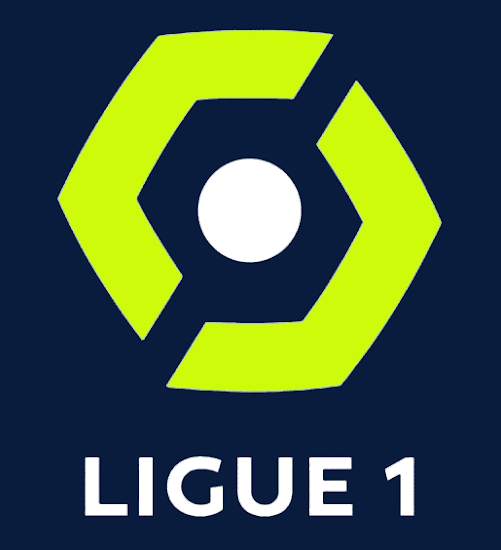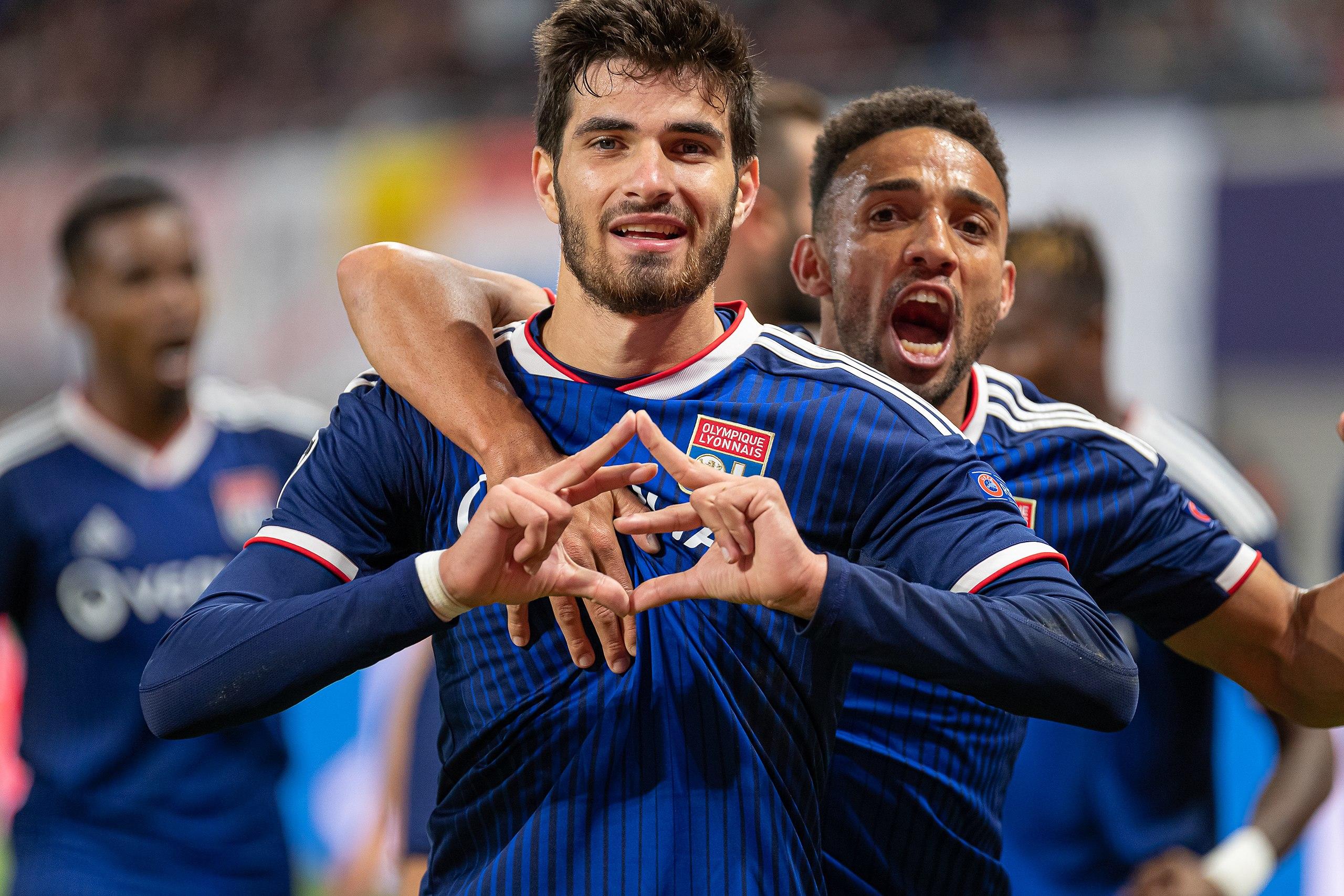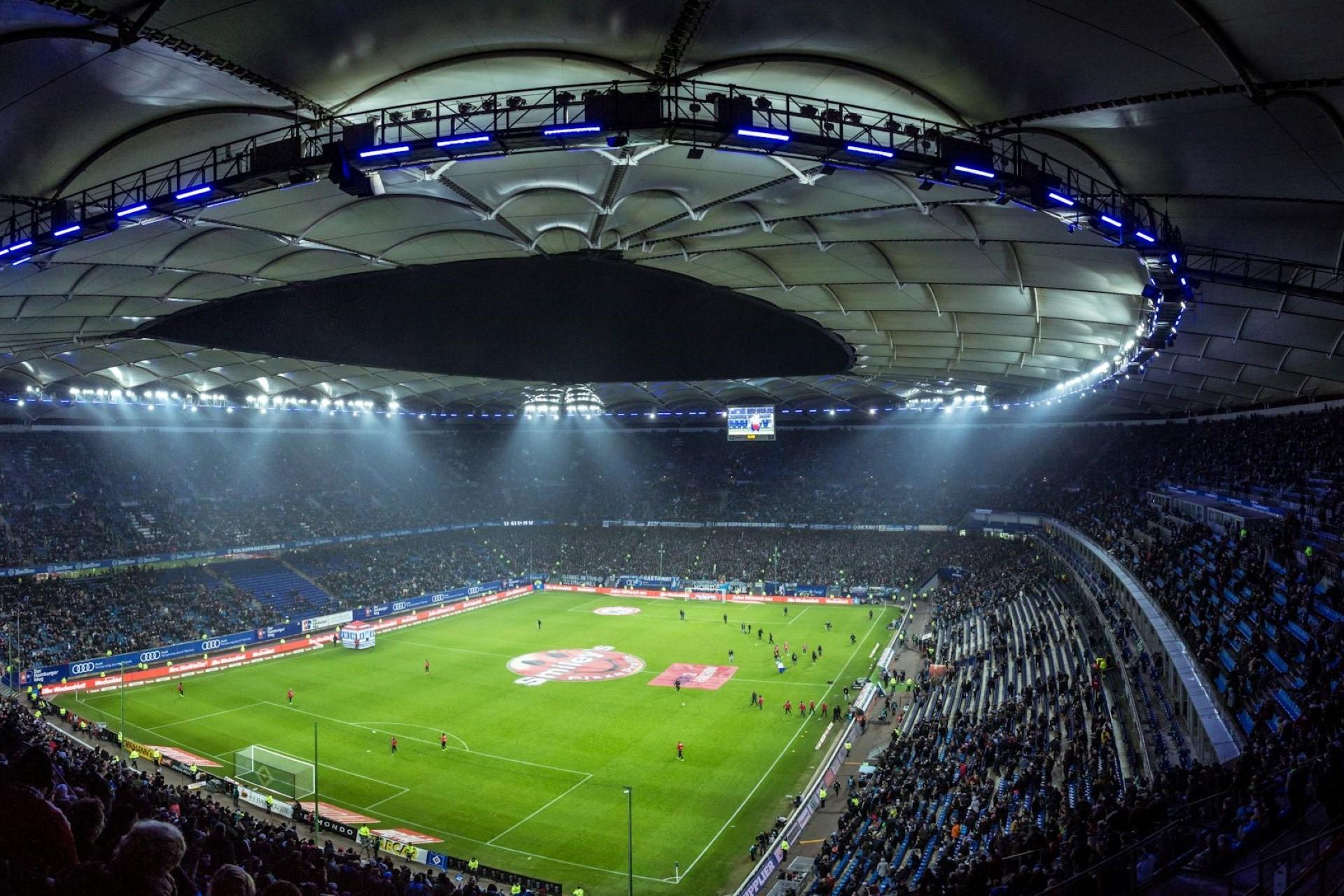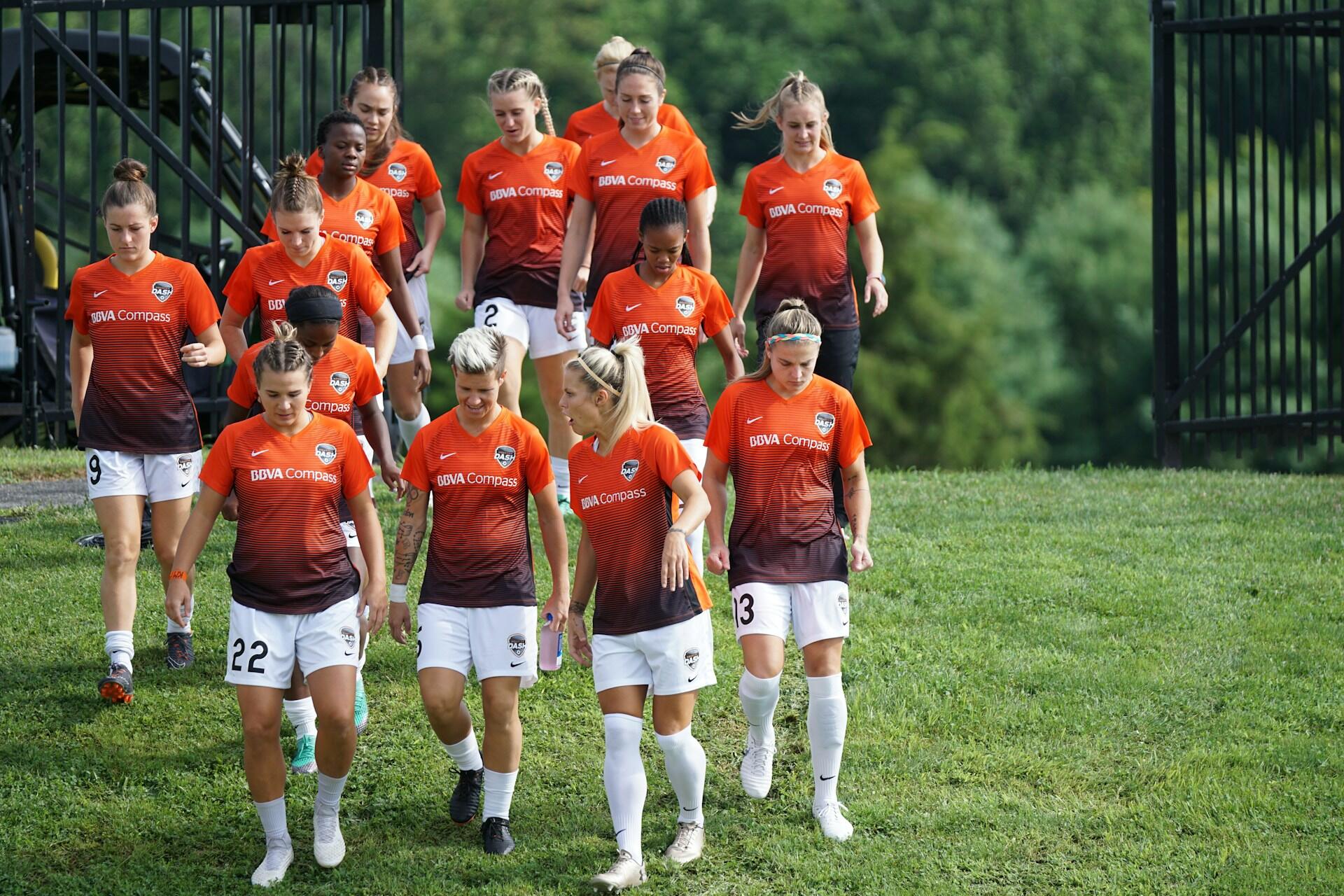Play for the badge on the front of the shirt and they'll remember the name on the back.
Tony Adams, English former association soccer manager
While football is one of the most popular sports in Europe and around the world, it originated in England. Whether you're new to soccer, deciding which matches are worth watching, or just wondering why more teams from certain countries end up in European competitions, here's what you need to know about Europe's best leagues. If you're new to the sport, consider searching for soccer training near me to find lessons in your area.
| Rank | League | Country | Founded | Notable Facts |
|---|---|---|---|---|
| 1 | Premier League | England | 1992 | Richest league, high commercial value, created from the English Football League, diverse champions. |
| 2 | La Liga | Spain | 1929 | Home to Real Madrid and Barcelona, famous for El Clásico, historical political influences, top clubs dominate. |
| 3 | Serie A | Italy | 1929 | Known for passionate fans, top teams like Juventus, AC Milan, Inter Milan, high historical success in Europe. |
| 4 | Bundesliga | Germany | 1963 | Famous for 50+1 Rule, Bayern Munich's dominance, affordable tickets, and high attendance. |
| 5 | Ligue 1 | France | 1932 | Dominated by Paris Saint-Germain, notable for 6 winners in 6 seasons period, strong domestic player development. |

The UEFA Coefficients
While popular opinion will likely agree with which leagues are the biggest in Europe, we'll use UEFA's men's association coefficients to rank them.
UEFA is the association in charge of soccer in Europe and they tend to use mathematical coefficients for a variety of things, including ranking the strength of domestic football associations.
The term "soccer" comes from "association football" and can be useful to distinguish it from other sports that may also be called football like American football, or even rugby.
These coefficients indicate the league's strength and are subsequently used to allocate places within Europe-wide soccer tournaments like the UEFA Champions League, UEFA Europa League, and the UEFA Europa Conference League.
The strongest associations are given the most places (7 in total) with fewer places for weaker associations. The reason we say associations and not leagues is because the association includes the entire league structure and the winners of domestic cup competitions, not just the league.

However, these coefficients give a good indication of the quality of soccer in the country being played by the teams in the leagues and cups. Since it's almost always the teams in the top leagues playing in European competitions, they're a good indication of the strength of the top flight of soccer in each country.
Ligue 1
Fifth according to UEFA's coefficients is the French Football Federation (FFF) and the French Ligue 1.
France's top league, Ligue 1, was founded in 1932. Soccer in France had been played for decades before this time.

French clubs have enjoyed limited success in Europe with just one European Cup (now the UEFA Champions League) and one Cup Winners' Cup.
In terms of European competitions, French clubs rank sixth in Europe. However, this is greatly inflated by 12 Intertoto Cup victories by French clubs, which was essentially a tournament used to qualify for the UEFA Cup (now the UEFA Europa League).
Domestically, the league comes under a lot of criticism for being a one-club league due to the dominance of Paris Saint-Germain. The club's Qatari owners have invested heavily in the club, taking it to 9 league championships in 11 years.
However, Olympique Lyonnais (Lyon) still hold the record for seven consecutive league titles in the 2000s while Paris Saint-Germain's winning streaks have been broken by both AS Monaco and LOSC Lille.
consecutive Ligue 1 titles!
Ligue 1 also famously had 6 winners in 6 different seasons, which were bookended by the end of Lyon's dominance and the start of Paris Saint-Germain's.
It's also worth remembering that the French team that won the 2018 World Cup was made mostly of French players who were still playing for Ligue 1 teams.

The 2022 Argentina team that won the World Cup also featured Lionel Messi, one of the greatest players of all time, who was playing for Paris Saint-Germain at the time.

The Bundesliga
The fourth strongest association in Europe according to UEFA is the German Football Association or Deutscher Fußball-Bund.
The top league in Germany is the Bundesliga, which was created in the 1960s in West Germany, though football in the country had been played in various leagues for nearly a century before that.
The Bundesliga is famously thought of as a one-club league, too, with Bayern Munich having been unstoppable for over a decade, with 11 consecutive Bundesliga titles.
More recently, it looks like this winning streak is coming to an end, but with soccer, who knows? Even if Munich don't retain their title this year, they could go back to winning ways the next season.
Unlike the French Ligue 1, which is dominated by a club with very wealthy investors, the Bundesliga has the 50+1 Rule, which means that clubs have to have a majority stake in the team, effectively banning outside investors from controlling clubs.

However, that doesn't mean that wealthy clubs can't emerge and dominate, like Bayern Munich, whose success brings with it money.
There's also the case of RB Leipzig, with the club seemingly having circumvented the 50+1 Rule. The club is essentially owned and controlled by Red Bull, the energy drinks company. Other clubs are also owned by large companies like Bayer and Volkswagen.
The system isn't without its flaws, but it does mean that clubs are mostly run by fans and members. Attendance to matches is high and ticket prices are generally very cheap, which all makes for incredible atmospheres in the stadiums.
Serie A
You can't talk about footballing passion without mentioning the Italians. The third strongest association in Europe is home to Italy's Serie A, a league that's produced European champions, incredible teams, and many World Cup winners.

Born from regional football competitions, Serie A started in 1929 with 18 teams. While the French Ligue 1 has changed how many teams are in the league quite several times, Serie A was an 18-team league for most of its history, until shifting to a 20-team format for the 2004-2005 season.
The three main teams in Serie A are arguably Juventus, AC Milan, and Inter Milan, but recent league champions Napoli has a massive and passionate fanbase and have boasted incredible squads throughout their history.
Italian teams also play in amazing stadia around the country like the San Siro in Milan, which is shared by the two big Milanese teams, the Stadio Olimpico in Rome, home to both Roma and Lazio, Juve's smaller Allianz Stadium, and Napoli's Diego Armando Maradona Stadium, named after one of the club's greatest players.
In addition to Diego Maradona, Serie A has seen great players like Michel Platino, Paolo Maldini, Alessandro Del Piero, and Italy's most-capped player, Gianluigi Buffon, a goalkeeper who played over 700 professional football matches!
Italy is the second most successful country in European club competitions, with 12 Champions League or European Cup titles and 9 UEFA Europa League or UEFA Cup titles.
La Liga
Spain's La Liga plays host to the country's best teams and two of the world's biggest and most successful football clubs.
Real Madrid
Barcelona
It started as a 10-team league known as the Primera División (First Division) back in 1929 but was halted just a few years later when the Spanish Civil War broke out.
Soccer resumed in the country under the fascist dictatorship of Franco, with the Spanish domestic cup, the Copa del Rey (King's Cup), being renamed "Copa del Generalísimo" in honor of the dictator under the regime.
Politics and soccer often intertwined, as they often do, and the league gave rise to the rivalry between Real Madrid and Barcelona, as well as El Clásico, the match played between the two teams, which happens twice a year in the league and even more frequently if the two meet in other competitions.

La Liga is often thought of as a two-club league, with over 50 titles shared between Real Madrid and Barcelona, the former with 35 and the latter with 27.
While the rivalry between the two sides is fierce, it was furthered by the inclusion of two of football's greatest players, Cristiano Ronaldo and Lionel Messi, who played for Real Madrid and Barcelona respectively at similar times, regularly facing off against one another.
However, there have also been other great championship-winning teams happy to break up the party including Real Madrid's neighbors, Atlético Madrid, having won La Liga twice in the last ten years.
To find a champion that isn't Real Madrid, Barcelona, or Atlético Madrid, we need to look back to Valencia's 2003-2004 championship.
The Premier League
Last but not least, we have the English Premier League. The country that invented soccer mightn't have the most successful national team, but the domestic league at soccer's ceremonial home ranks the highest.
While the English Football League (EFL) has existed longer than any other in the world, the Premier League is actually quite modern, having been created in 1992.
The league was created in response to the clubs' desires to be more commercially successful, take a greater share of the money being earned through television revenue, and legally divorce the league from the other entities involved in its running.
Here's a great video on what makes the Premier League so much money and how it continues to grow.
The Premier League isn't a franchise league like in American sports, though. Instead, it sits atop the English Football League pyramid and clubs can still be promoted to it and relegated from it.
The commercial value of playing in the Premier League is recognized by both players and clubs, who all strive to make it to the highest level of soccer and what many consider to be the greatest soccer league in the world, not just Europe. In the United States, players often look for local options; for example, many find private soccer training near me in Atlanta to get personalized coaching.
















